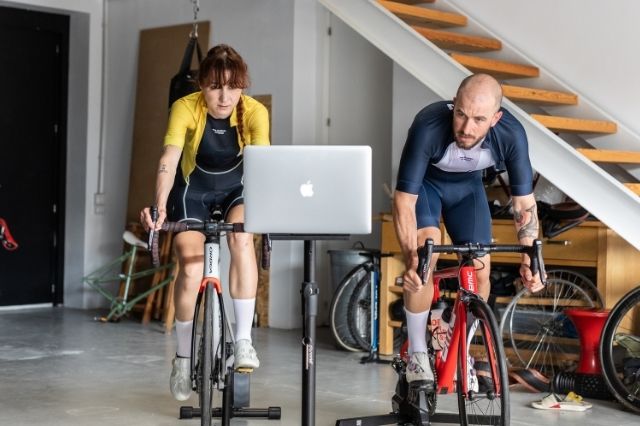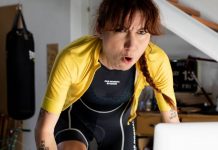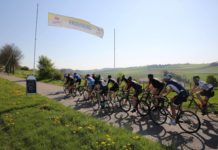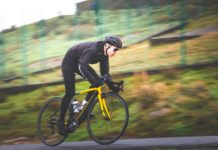Body fat can be a great fuel for your body, but first you must teach your body to use it, and in this “education” process, “fasted” cycling plays a key role.
More cyclists and trainers are opting for fasted training these days. Don’t be surprised: training on an empty stomach not only teaches your body to burn fat as an energy source while preserving glycogen, but it can also help you lose weight and become more efficient on the bike.
What is fasted cycling?
Although common sense says that you should recharge before, during and after a workout, fasted cycling has become one of the most popular ways to improve performance. It is simply to work out first thing in the morning, without having consumed carbohydrates in the last eight to twelve hours. Coffee and water can be consumed, in fact it’s recommended.
The main objective is to deprive your body of glycogen, and improve your ability to metabolize fat. Your body learns to burn fat as fuel instead of glycogen.
What happens when we train with “empty” stores?
When you train with low glycogen stores, the body is forced to turn to fat to keep going. For this to happen, carbohydrate restriction has to be severe for a considerable period of time. It is normal to fast from dinner the night before in order to perform a session without consuming carbohydrates first thing in the morning.
The body becomes more efficient the more you use this type of training. Why? Because fat reserves are much greater than glycogen reserves (the other major fuel our body uses), so an athlete who learns to use fat becomes much more efficient.
Benefits of fasted cycling
As you can see, fasted cycling teaches your body to burn more fat. This translates into two key benefits:
First, weight loss: by training on an empty stomach, with your body’s reserves at a minimum, you’re burning more calories than you’ve consumed. This means you’re in a caloric deficit, the fundamental basis of weight loss. So not only does it help you lose weight, but it also helps you get rid of that part of fat that no one wants on their body.
Second, performance enhancement: teaching your body to burn more fat makes you a better cyclist. Cycling is an endurance sport and that takes many hours of effort. The problem is that glycogen stores are limited, and there comes a time when they run out. If you teach your body to use fat first, you will be able to extend the time you have energy, increasing your endurance and overall performance.
How to train by cycling on an empty stomach
Beyond simply not eating, there are other aspects that you should take into account for fasted cycling. First, it is very important that these workouts are done at low intensity (Z1 or Z2).
You probably couldn’t complete a demanding session with your tanks empty, and training like this depletes nitrogen and amino acid levels, making post-ride recovery difficult. The more demanding you make it, the more complicated your recovery will be. That’s why it’s important that you take care of your post-training nutrition.
Another issue is that the role of fat as fuel increases over time. That is, the body burns more fat as a percentage after two hours of exercise than during the first one. And even more from the third hour onwards.
In this context, indoor training and the BKOOL virtual cycling simulator become ideal tools that allow you to start training early in the day and adjust intensity without any interference from traffic or terrain.
BKOOL is the most complete cycling simulator on the market – try it FREE for 30 days!













